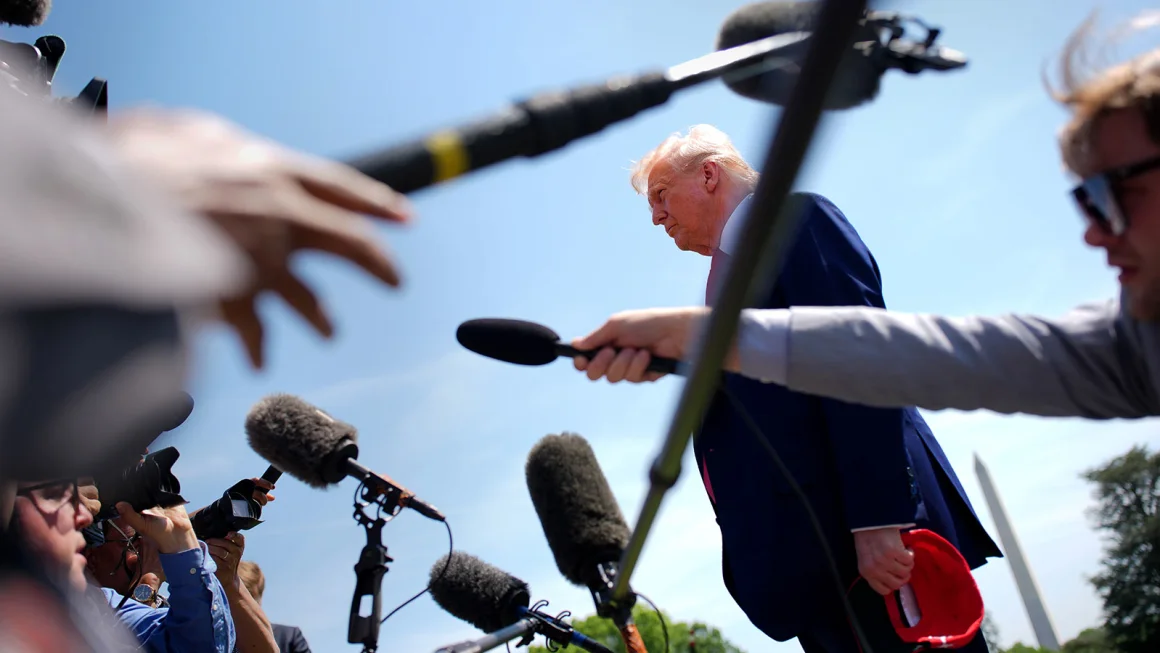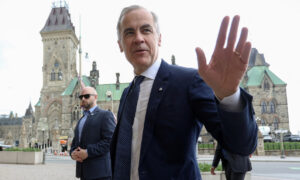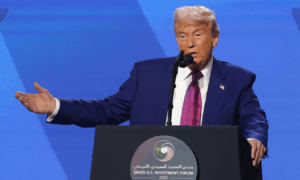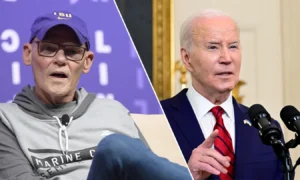As the Trump administration relentlessly assaults organizations and individuals it deems hostile, the second term of Donald Trump might feel like a roman candle of grievances.
Every day, Trump takes another step toward his goal of isolating foreign students at Harvard University, mocks Bruce Springsteen and Taylor Swift on social media, and threatens, barely veiled, Walmart and Apple over their reactions to his tariffs.
It could seem that Trump’s panoramic belligerence isn’t focused on anything other than attacking anybody or everything that catches his attention. Many scholars, however, believe that Trump’s brazen attempts to defy the separation of powers—a fundamental premise of the Constitution—are the driving force behind the conflicts he has stoked since regaining the presidency.
While historians and constitutional scholars agree that the scope and nature of Trump’s efforts to consolidate control over American society are distinct from those of his predecessors, they also agree that disagreements over the appropriate limits of presidential authority have endured for decades.
Previous presidents have implemented some of Trump’s policies to increase the power of the presidency. None, however, have matched Trump’s resolve to ignore Congress, sidestep the courts, exert unfettered control over the executive branch, and rally the entire federal government against everyone and everything he sees as standing in the way of his agenda, including state and local governments, civil society organizations, law firms, nonprofits, and even individuals.
Berkeley political scientist Paul Pierson characterized “the sheer level of aggression and the speed at which (the administration has) moved” as unprecedented. “It is my clear impression that they are engaging in a wide variety of behaviors that are challenging traditional interpretations of the law and the Constitution.”
Trump is seeking the most broad concept of presidential authority since Woodrow Wilson over a century ago, according to Yuval Levin, head of social, cultural, and constitutional studies at the conservative American Enterprise Institute.
An all-out conflict
During his second term in office, Trump has made it a point to undermine the same system of checks and balances meant to prevent the president from abusing his authority.
His actions have undermined the role of Congress. He has practically dismantled agencies that were authorized by statute, asserted his right to seize funds that Congress had already authorized, publicly stated his opposition to laws he opposes (such as the one prohibiting American companies from bribing foreign officials), and pursued significant policy shifts (like on immigration and tariffs) through executive orders instead of legislation.
His actions have demonstrated a complete lack of checks and balances within the executive branch, as evidenced by widespread layoffs, weakening of federal workers’ civil service protections, mass firings of inspectors general, and the removal of commissioners from independent regulatory agencies (a move that also undermines the power of Congress, as those agencies were designed to be independent from presidential control).
Widespread opposition to the separation of powers is something that Trump’s followers see as an asset, not a weakness. The head of the OM&B and a key intellectual architect of Trump’s second term, Russell Vought, has contended that reinstating the Constitution’s idea of checks and balances by increasing presidential authority is possible.
According to Vought, liberals “radically perverted” the founders’ intent by undermining the president and Congress in favor of “all-empowered career ‘experts'” in government agencies. “The Right needs to” free the president by “throw(ing) off the precedents and legal paradigms that have wrongly developed over the last two hundred years,” according to Vought, in order to bring equilibrium back to the system.
“I have an Article II (of the Constitution), where I have to the right to do whatever I want as president,” Trump famously said during his first term, summarizing this viewpoint more concisely.
No matter what else was written about Trump’s first few months in office, no one could accuse him of compromising on that principle.
Did the founders fail to prevent Trump from becoming president?
But even before Trump became a household name, the creators’ plan was beginning to show indications of strain. Our political parties have grown more partisan and nationalistic in recent decades, according to Pierson and Schickler, weakening the Madisonian system of checks and balances and separation of powers enshrined in the Constitution. Even judicial appointees, along with state and federal officials, seem to emphasize their political identification on the Republican or Democratic team, in contrast to what Madison and his contemporaries believed would happen in contemporary politics, wherein other officials would mostly concentrate on protecting their institutional prerogatives.
As a result, other power centers are becoming less eager to resist an overreaching president from their own side, as Madison had anticipated. In addition to expanding upon that effort, Trump is taking it to a whole new level of ambitiousness.
A stress test whose results are unclear
If Trump is successful, the separation of powers will be overwhelmed and the president will become an even more powerful institution, which might threaten American democracy and freedom.
To even ask such concerns is to ponder alternatives that Americans have seldom had to confront.
Public backlash against presidents like John Adams, Andrew Johnson, and Richard Nixon—who posed a danger to civil rights and the rule of law—is chronicled in Brettschneider’s book. The system will withstand Trump’s onslaught, he thinks, because of such precedents, but not with overwhelming confidence. “These victories in the past provide us with a foundation to build upon,” Brettschneider said. However, we must not be ignorant: The system is delicate. Democracy in the United States may or may not survive.
According to Levin, who authored the perceptive 2024 book “American Covenant” on the Constitution, Trump does not pose such an existential threat. According to Levin, “The weakness of Congress, and the vacuum that weakness creates is the deepest challenge confronting our constitutional system, even now.” This means that Congress is not going to be able to oppose Trump’s assertions of unbridled authority very well. However, he is of the belief that Trump would be restrained by the Supreme Court in due time.
Because it has “sustained itself for 235 years can give you a lot of confidence” that the Madisonian system of checks and balances, separation of powers, and federalism will persist, Schickler said. My advice would be that we not get ahead of ourselves. It had already broken during the Civil War. The likelihood of its failure is real, albeit it will not shatter in the same manner.
In his first few months back in office, Trump has made it clear that he intends to undermine the safeguards put in place to prevent the abuse of presidential power. It is less certain if other government officials, civic society leaders, and even average Americans will be as resolute in their defense.







